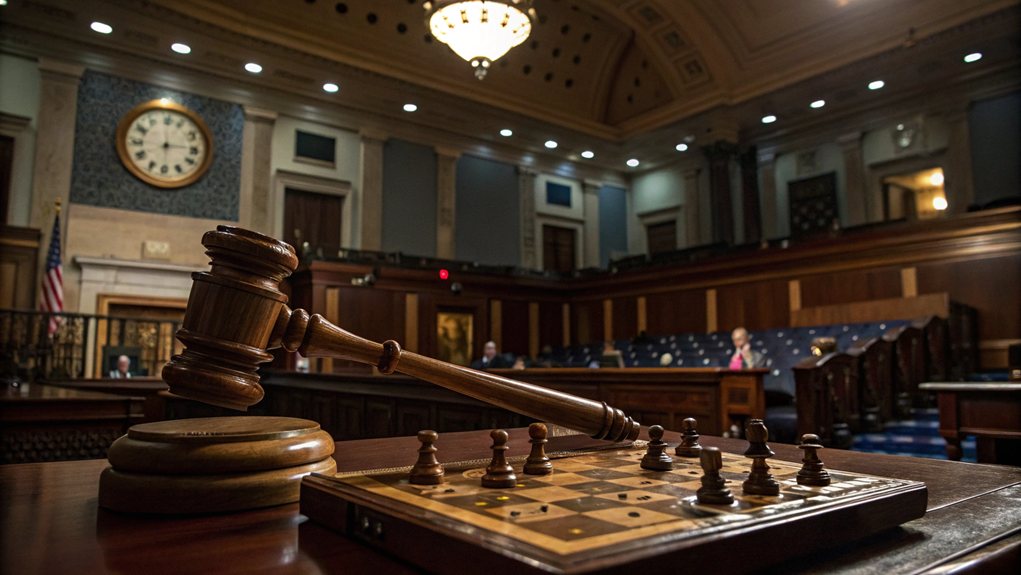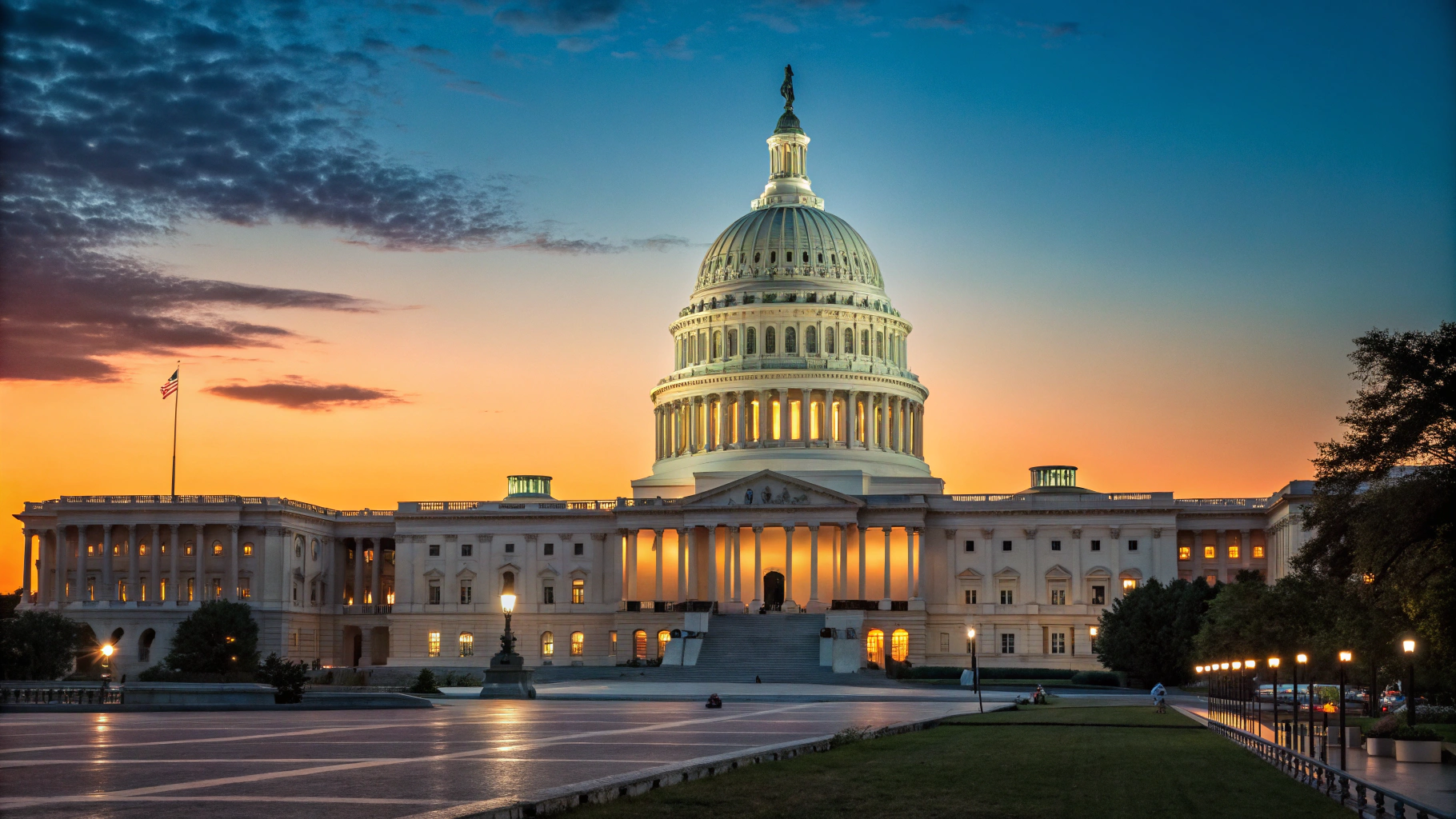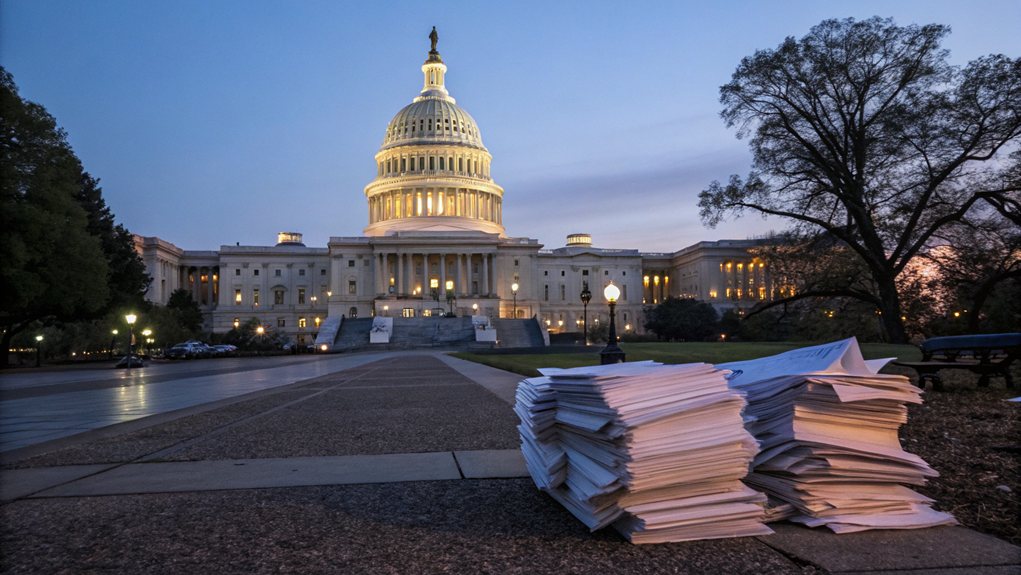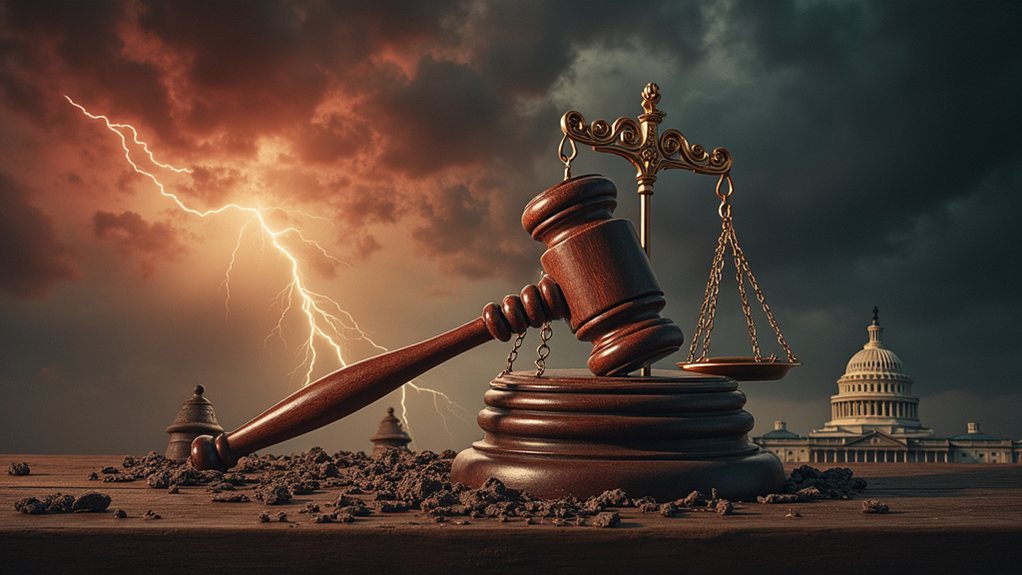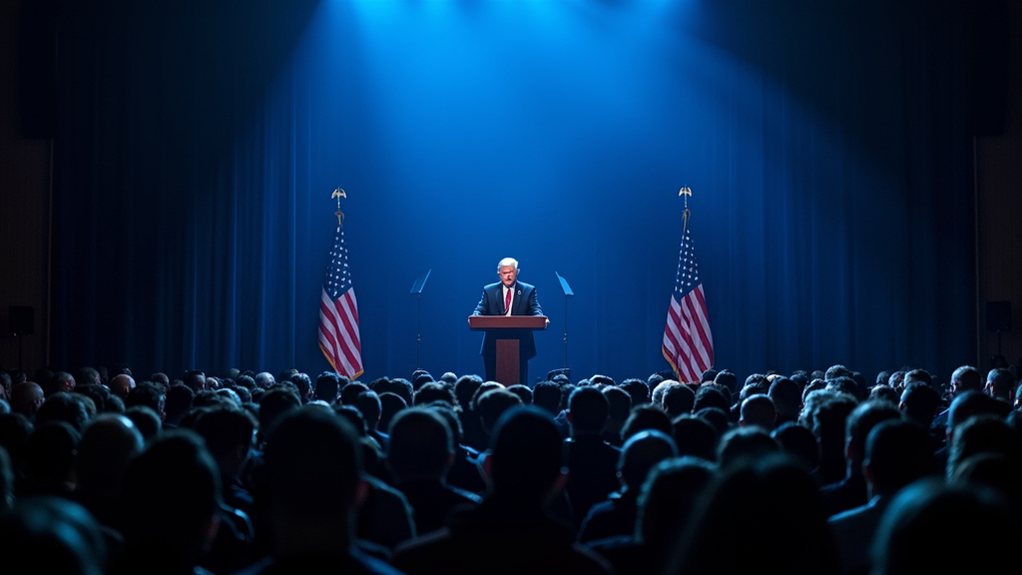The Senate Majority Leader is the ultimate puppet master of legislation. They set the agenda, choosing which bills get a spotlight and which ones collect dust. Armed with the power to block proposals, they also influence discussions, often charming or bulldozing their way through debates. Plus, they must navigate endless procedural hoops and party loyalty like a pro. It's a tough gig, but someone's got to steer the ship. Want to see how their strategies unfold? Keep going.
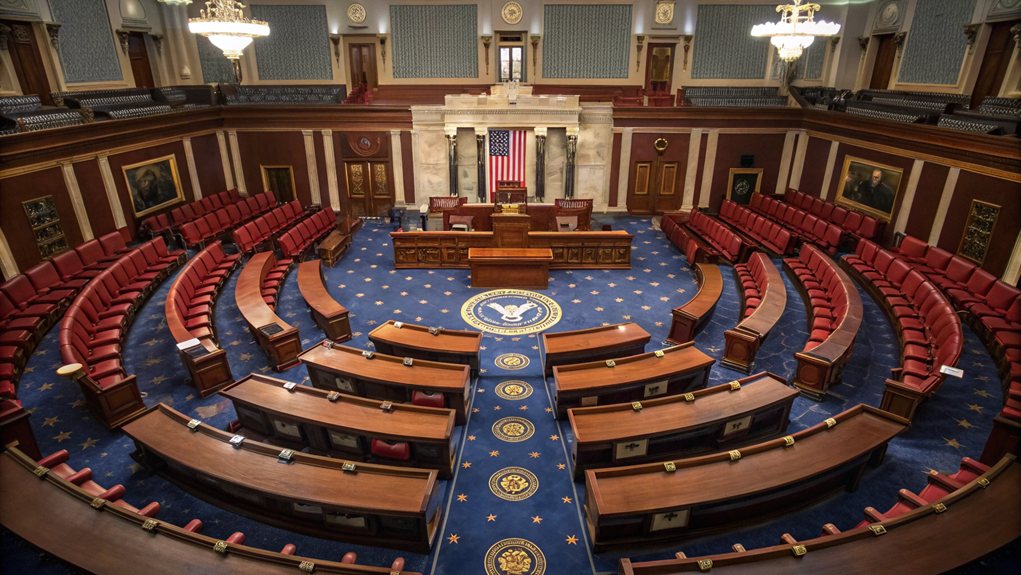
In the bustling corridors of the Senate, the Senate Majority Leader wields significant power like a maestro conducting an orchestra. This individual is no ordinary senator. Elected by the majority party through a secret ballot, they hold the keys to the legislative kingdom. They set the agenda, and if they don't want a bill to see the light of day, good luck getting it through. They can simply choose not to bring it to the floor. It's as if they have a magic wand—poof! No legislation for you!
With the right of first recognition, the Majority Leader gets to speak first, which means they can influence the very direction of legislative discussions. They're the party's spokesperson, a role that demands a mix of charm, strategy, and perhaps a bit of bravado. Working with committee chairs, they schedule the Senate's business, making sure everyone knows who runs the show. Spoiler alert: it's them. The Majority Leader plays a pivotal role in negotiating with other leaders and the President, ensuring that their party's legislative priorities are aligned and effectively advanced.
When it comes to prioritizing bills, this leader is the undisputed gatekeeper. They decide which issues get a chance at glory and which fade into obscurity. If you think you can just waltz in with an amendment, think again. The Majority Leader can fill the amendment tree, limiting what their colleagues can propose. It's a game of chess, and they're playing to win. The power of Senate leaders is rooted in the deference of rank-and-file senators and they can control the legislative schedule and block undesirable amendments.
The Majority Leader is the ultimate gatekeeper, deciding which bills shine and which fade away into obscurity.
Moreover, majority leaders have the right of first recognition which allows them to set the tone for debates and discussions, further solidifying their influence over the legislative process.
But it's not all smooth sailing. The Senate can engage in unlimited debate. That means any senator can hold up proceedings. The Majority Leader has to navigate these waters deftly, often negotiating unanimous consent agreements to avoid lengthy discussions. If that fails, buckle up—extended debates can stretch on until everyone is begging for mercy.
In this high-stakes arena, party loyalty is paramount. It's a tightrope walk of influence, strategy, and a fair bit of backroom deal-making. The Majority Leader shapes legislation not just by what they do but by who they are.
Frequently Asked Questions
How Is the Senate Majority Leader Elected?
The Senate Majority Leader is elected by their party members during a caucus or conference.
It's a secret ballot affair, where Senators choose their leader, ensuring some drama behind closed doors. This usually happens at the start of a new Congress.
The winner needs the majority of their party's support, because, let's face it, no one wants a leader who can't rally the troops.
It's politics, not a popularity contest.
What Powers Does the Senate Majority Leader Hold?
The Senate Majority Leader holds some serious power.
They control the schedule, deciding what legislation gets a shot and when. They can block amendments like a pro and manage debate time.
If they want to move things along, they can pull the cloture card. Plus, they're the party's main spokesperson and work to keep everyone in line.
It's a big deal—lots of influence, but no one person rules the Senate. It's a team sport.
How Does Party Affiliation Influence the Majority Leader's Role?
Party affiliation is a big deal for the Senate Majority Leader.
It's like a backstage pass to the legislative concert. They set the agenda, picking which bills get the spotlight. They control committees too, assigning loyalists to key roles. This influences which legislation sees the light of day.
Floor debates? Yep, they dictate that drama as well. Keeping party members in line? That's just part of the job.
It's all about power and party unity, folks.
Can the Senate Majority Leader Be Removed From Office?
Can the Senate Majority Leader be removed? Technically, yes.
But it's like trying to dislodge a stubborn gum stuck to your shoe. The party holds the power here. A vote from party members could kick them out, but it's rare.
Historically, no leader has faced the axe while in office. So, unless the party is in chaos or they voluntarily step down, they're likely sticking around, for better or worse.
What Is the Historical Significance of the Senate Majority Leader Position?
The Senate Majority Leader? Yeah, they've got a pretty big historical footprint.
Emerging in the early 1900s, this role evolved from just running meetings to a powerhouse of legislative action. Think of it as the person steering the Senate ship. They decide what gets seen and what gets tossed.
Over the decades, figures like Lyndon B. Johnson and Mitch McConnell have shown just how much influence comes with the title. It's not just a fancy name; it's a vital job.
